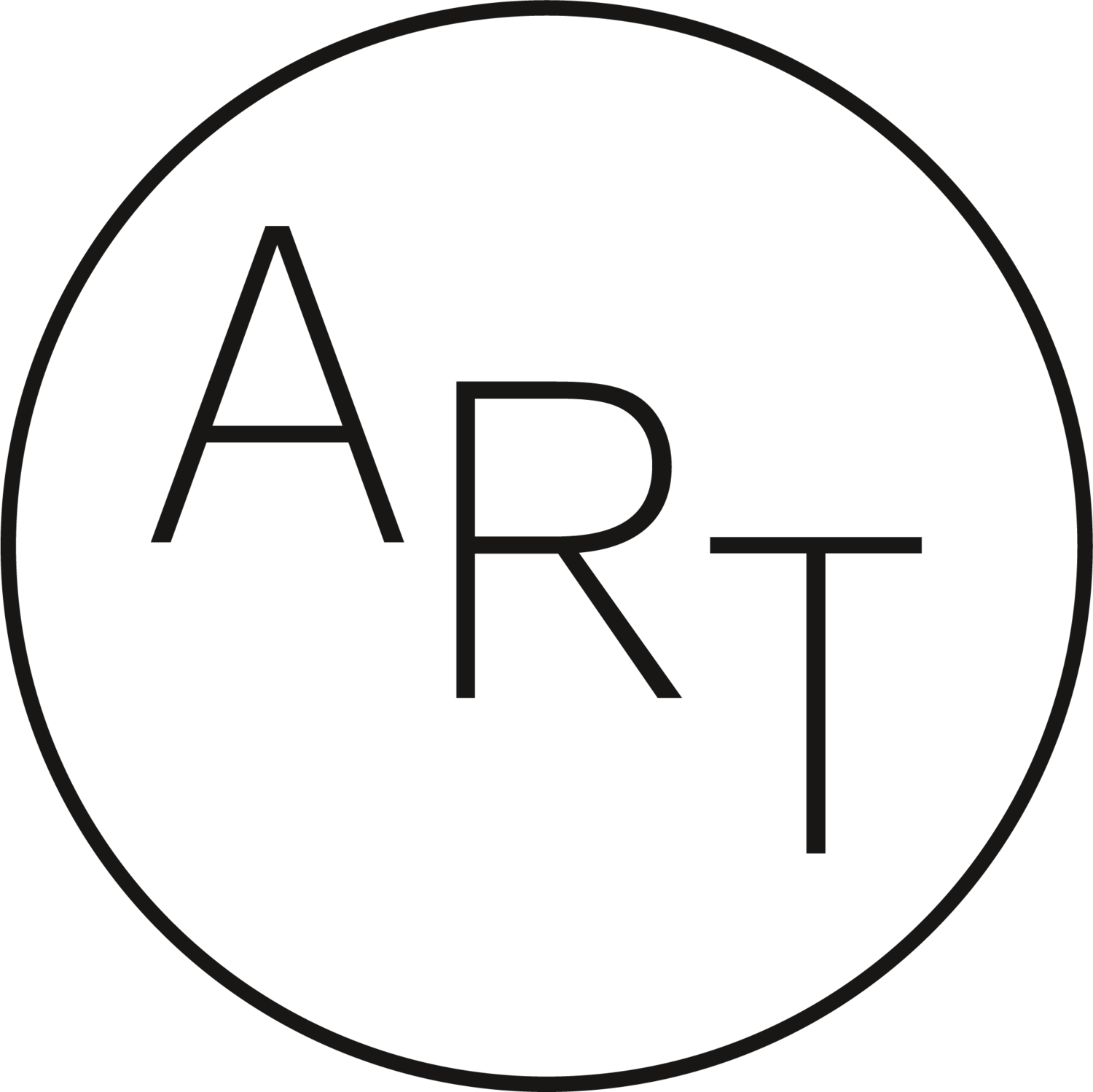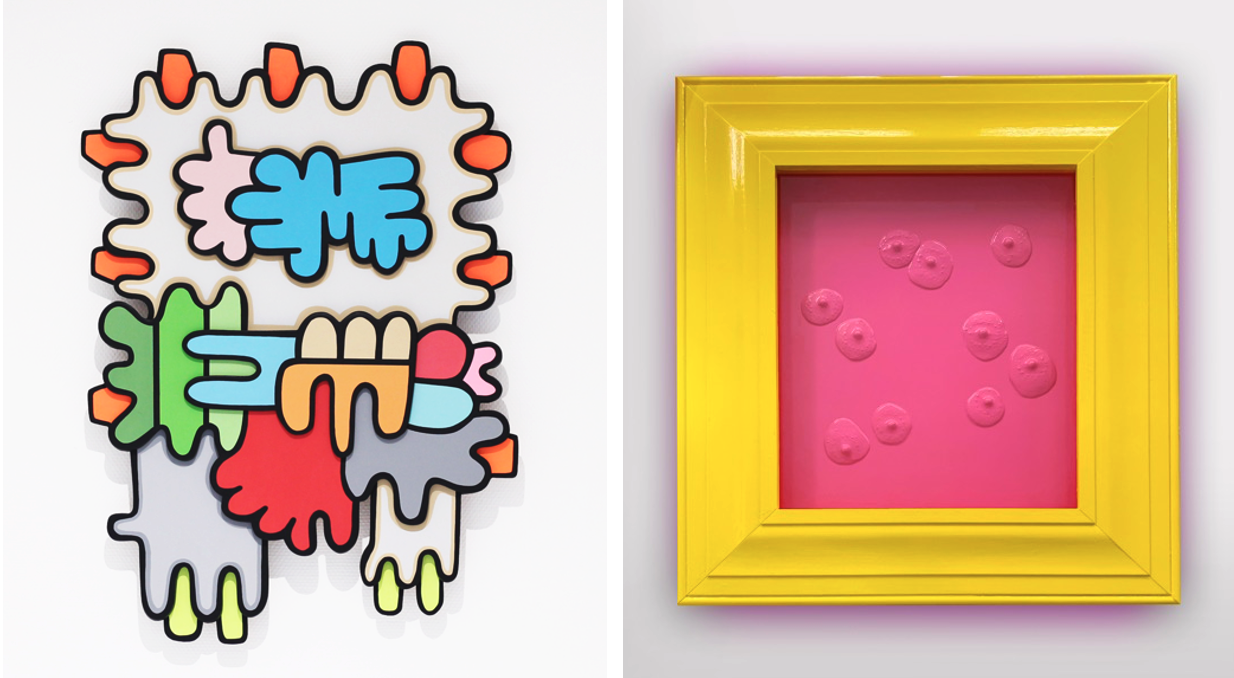Following its highly acclaimed opening of the Ghana Pavilion at the Venice Biennale, 2022, ANO Institute of Arts and Knowledge will present the exhibition Nkabom, The Museum as Community, at the Biennale de Dakar, 2022. With Ĩ NDAFFA # – Forger – Out of the fire, the fourteenth edition of the Dakar Biennale calls for the transmutation of concepts and the foundation of new meanings.
Featured Artists:
Rita Mawuena Benissan, Kwasi Darko and Kuukua Eshun
Curator: Nana Oforiatta Ayim
Kukuua Eshun, Born of the Earth (an experimental film), 2022. © Kuukua Eshun. Courtesy of ANO Institute of Arts and Knowledge.
May 18, (Dakar, Senegal), Nkabom — The Museum as Community, an exhibition looking at the various ways contemporary artists have interacted with the notion of Nkabom (coming together) as a community and collective will be on view to the public from May 19 - June 21 at the Biennale de Dakar, 2022.
Curated by Nana Oforiatta Ayim, Director of ANO Institute of Arts & Knowledge in Accra and Director at Large of Ghana’s Museums and Cultural Heritage, the exhibition Nkabom explores the idea of community and connection through the work of three artists: Kuukua Eshun, Rita Mawuena Benisson and Kwasi Darko.
Kuukua Eshun explores the reconnection of women of African descent with the earth in her film Born of the Earth; Rita Mawuena Benisson, remodels the Afayhe’s local spaces; and Kwasi Darko, whose work addresses contemporary issues showcasing the involvement of people in public urban spaces in Ghana.
The mobile museums created by Nana Oforiatta Ayim and built as modular, open-source bamboo structures, - fufuzela -, by architect DK Osseo Asare will serve as gateways to the exhibition; and as a gathering space and space of communion in Popenguine, facilitated by the community there. The mobile museum in Popenguine houses works from artists Go Salam and Moussa of Delu6waat, reflecting on their connections with the sea, the communities around it, and their relations to the environment. It is done in partnership with Wakhart, a cultural platform that provides spaces of communion for artists in Senegal.
Nana Oforiatta Ayim states:
“For each artist’s work, the curatorial space takes its cue from the spaces the artist’s reference: the colours associated with the earth which in Akan philosophy is feminine; the colours and textures of historical courtyard houses especially those linked with the ritual and sacred; the urban iconography and colours of street kiosks and places of transport and transition. Nkabom brings these public exhibition spaces into the museum and then reaches out again through the mobile museum."
Left. Untitled. Rita Mawuena Benissan. Photo: Michael Dawka, 2022. Right. Kwasi Darko. Photo: Kwasi Darko, 2022
Notes to Editors:
About Nana Oforiatta Ayim
Curator Nana Oforiatta Ayim is a Writer, Filmmaker, and Art Historian who lives and works in Accra, Ghana. She is Founder of the ANO Institute of Arts and Knowledge, through which she has pioneered a Pan-African Cultural Encyclopaedia, a Mobile Museums Project, and curated Ghana’s first pavilion at the 58th International Art Exhibition of La Biennale di Venezia. She published her first novel The God Child with Bloomsbury in 2019, and with Penguin in German in 2021. She has made award winning films for museums such as Tate Modern, LACMA and The New Museum, and lectures a course on History and Theory at the Architectural Association in London. She is the recipient of various awards and honours, having been named one of the Apollo ’40 under 40’; one of 50 African Trailblazers by The Africa Report; a Quartz Africa Innovator in 2017; one of 12 African women making history in2016 and one of 100 women of 2020 by Okayafrica. She received the 2015 the Art + Technology Award from LACMA; the 2016 AIR Award, which “seeks to honour and celebrate extraordinary African artists who are committed to producing provocative, innovative and socially-engaging work”; a 2018 Soros Arts Fellowship, was a 2018 Global South Visiting Fellow at Oxford University, was appointed to the Advisory Council of Oxford University’s Cultural Programme in 2020, was a Principal Investigator on the Action for Restitution to Africa programme, and is currently Special Advisor to the Ghanaian Minister of Tourism, Arts and Culture on Museums and Cultural Heritage.
Fellowship, was a 2018 Global South Visiting Fellow at Oxford University, was appointed to the Advisory Council of Oxford University’s Cultural Programme in 2020, was a Principal Investigator on the Action for Restitution to Africa programme and is currently Special Advisor to the Ghanaian Minister of Tourism, Arts and Culture on Museums and Cultural Heritage.
DK Osseo-Asare, Fufuzela Architect
DK Osseo-Asare is co-founding principal of Low Design Office (LOWDO), a trans-Atlantic architecture and integrated design studio based in Ghana and Texas. He co-founded the Ashesi Design Lab as Chief Maker and is Assistant Professor of Architecture and Engineering Design at Penn State University, where he runs the Humanitarian Materials Lab (HuMatLab) and serves as Associate Director of Penn State’s Alliance for Education, Science, Engineering and Design with Africa (AESEDA). DK Osseo-Asare creates architecture with and for the people that design overlooks.
Rita Mawuena Benissan, Artist
Rita Mawuena Benissan is a photographer, a cultural curator at the Noldor Artist Residency in Accra, Ghana, and founder of the Sihene archive. Her work explores the identities of Africans and African Americans while showcasing the profound beauty and power of black culture. She received a Bachelor of Fine arts in Apparel and Textile Design at Michigan State University in 2017. She has worked with nonprofit and community outreach programs including the Children Defense Fund and United Methodist Youth Alliance, which gave her the opportunity to teach and create art with student from marginalized areas. She has had exhibitions at Michigan State University, Baltimore Gallery, the Birmingham-Bloomfield Art center, University of Wisconsin- Madison, and the Dortmunder U.
Kuukua Eshun, Artist
Kuukua Eshun raises awareness about social issues and mental health through her writing and film. She is a multi-award-winning filmmaker. Her Film, Artist, Act of Love recently won an award at the worldwide women’s films festival for best visual effect and also screened at the Academy Award-Qualifying Urban world film festival. She has worked with Roc-nation, Vic Mensa, Wizkid, Huawei, Facebook, Variety Magazine, Michaela Coel, Lifetime Tv, The Economist. Her belief in gender equity has pushed her to protest on the streets of Accra and to collaborate with UNFPA Ghana to hold a healing session for young women who are survivors of sexual assault. She is also the co-founder of boxed kids, an organization that prioritizes in the ultimate purpose in providing an education to the youth of Jamestown, Ghana, and of Skate Gal Club, the first all- female skate crew in Ghana, whose goal is to create a safe space for women in sports on the continent.
Kwasi Darko, Artist
Kwasi Darko is a fine arts photographer and multimedia artist living and working in Accra, Ghana. His work uses visual artistry and performance art to create visibility and weave positive narratives for muses he derives inspiration from in his society. His work also explores Blackness and its many intersections. Kwasi is interested in the next step in our human existence, digital identity and evolution. His recent works investigates this phenomenon against the backdrop of the 2020 quarantine, its following isolation and ensuing digital events. His practice involves investigating and creating digital spaces and the possibilities that holds for minorities.













































